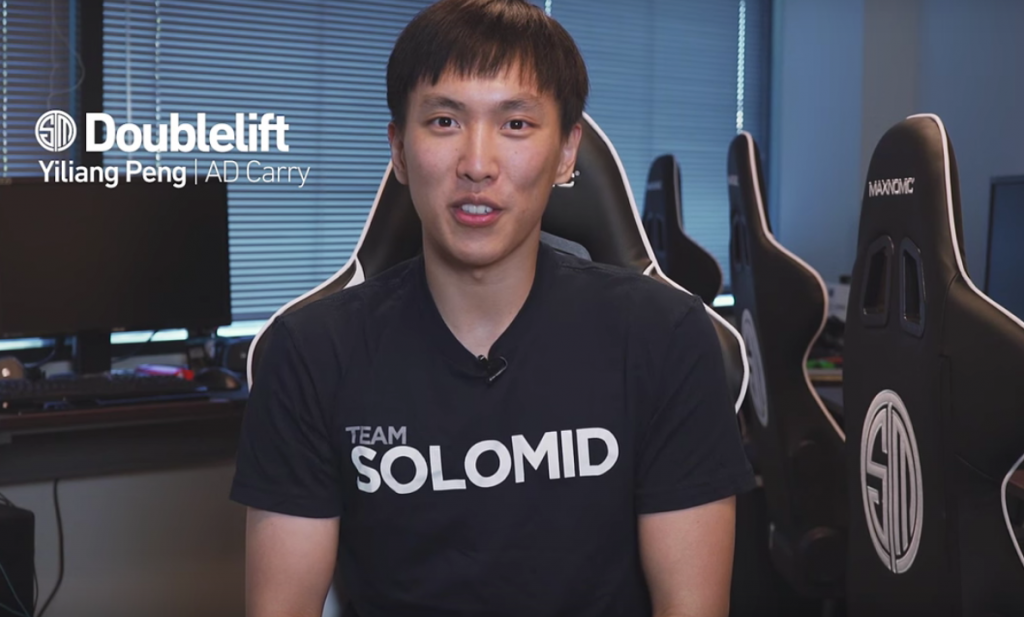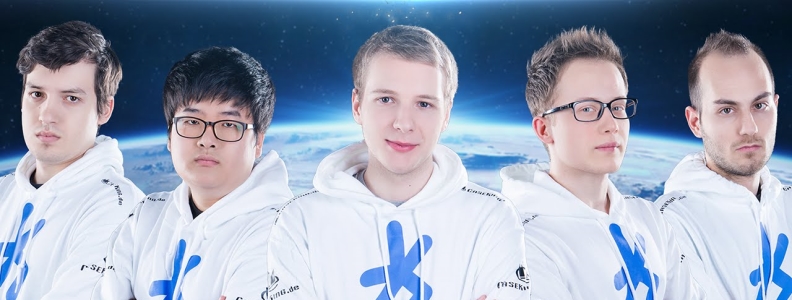What happens over the off-season can sometimes be equally exciting as what happens on the Rift. Managers of League of Legends teams across the world take an introspective look at their team with the goal of assembling a group of 5 players that are capable of winning championships. Your off-season success is determined by the quality of players your team is able to acquire.
Last year Cloud9 managed to sign Nicolaj “Incarnati0n” Jensen, then known as the best Western player not yet in the LCS, coming out of Denmark, the motherland of mid-lane talent. Incarnati0n would be replacing long-time member Hai; who was suffering injuries that were clearly affecting his gameplay.
Cloud9 entered LCS Season 5 seemingly with the best roster they’ve ever had thanks to their shiny new Danish mid laner. The upgraded team would proceed to barely evade relegations after swapping Hai back in at the jungle role.
Here’s Cloud9 loss to TIP – a team littered with substitutes and players filling in for roles they don’t even main.
Even now in Season 6, Cloud9 look like a bottom-tier team in the NA LCS when Hai is not in the lineup. After losing to TIP, widely predicted to be the worst team in the league, they can’t get much worse.
TSM

This year it was TSM who was considered the first place winner after their off-season. TSM upgraded their roster at every role other than mid lane, where they already have Bjergsen; considered the best North American mid laner already. Hauntzer came in for Dyrus, Svenskeren for Santorin, Doublelift for WildTurtle, and YellowStar for LustBoy.
TSM has started the season 1-2, barely squeaking out a win against a Team Liquid roster featuring three rookie players. TSM clearly deserves more time to work things out – they created an entirely new team and have only played a handful of games together. Still, they are proving that throwing money at the best players doesn’t directly translate into results. At least not immediately.
The general consensus is that these teams just need more experience together. They need to perform more reps and the results will come once they get a feel for each other. The losses are to be expected, even celebrated, and if you thought they would come out of the gate strong then you are being silly.
You May Like
Coaches should be wary of saying things like “we’re getting the losses out of the way”. This assumes there is a finite amount of losses. Losing the first couple of games is not a strategic advantage that allows you to fix your mistakes now so you have less to fix later. You will always have problem areas that need addressing. Some of them you will never be able to completely resolve.
Lost games provide more obvious pain points than won games, but they come at a steep price of a a drop in the standings and a blow to team morale. This is why coaches often put an optimistic spin on a tough game. You can’t change anything about the loss, but you can scrape as much information as you can from it and make an effort to note the positives and the negatives.
Instead of “getting the losses out of the way”, teams should look to find their identity. The newly formed teams that find instant success are those who realize the whole is greater than the sums of its parts. They share a goal and work together to ensure it is achieved.
Team identity is a concept prevalent across traditional sports like hockey. The Boston Bruins have maintained a reputation as a physical team over decades due to a constant team identity that players buy into. If a certain player doesn’t fit, or refuses to buy-in, the team does not hesitate to replace them.
H2K

H2K changed the majority of its roster, but it’s solid macro play remains because of strong coaching and a clear team identity.
The new H2K is a perfect example of solid team identity in League of Legends. Over the off-season the team swapped out their bottom lane duo and their jungler, yet still remain a dominant team in the European LCS. If you were to watch one of their games from last year alongside a game from this year with summoner names turned off, you would notice little difference.
This should be perceived as a massive compliment to the H2K coaching staff and returning players. The team plays H2K style. They are all operating on a macro-level where everybody can contribute to shot calling because everybody knows what they, as a team, need to accomplish in order to win the game.
Cloud9
On the other hand, Cloud9’s goal over the last couple years has been to complete the tasks assigned to each individual member by Hai. From the outside, it seems that Hai has seized all responsibility and distributed out as he saw fit. When Hai is not in the lineup the team reverts to their own individual tendencies. This was most evident in today’s game against TIP when Rush found himself behind enemy lines without any chance of escaping.
Brand new rosters like TSM will take time to find their own identity because they are starting from scratch. It is up to the coaching staff to find a style that showcases their player’s strengths and minimizes their weaknesses.
Existing rosters like Cloud9 will be forced to break the mold set by former players, or players trying to escape in this case, and form a new style of their own. Old habits die hard.
















